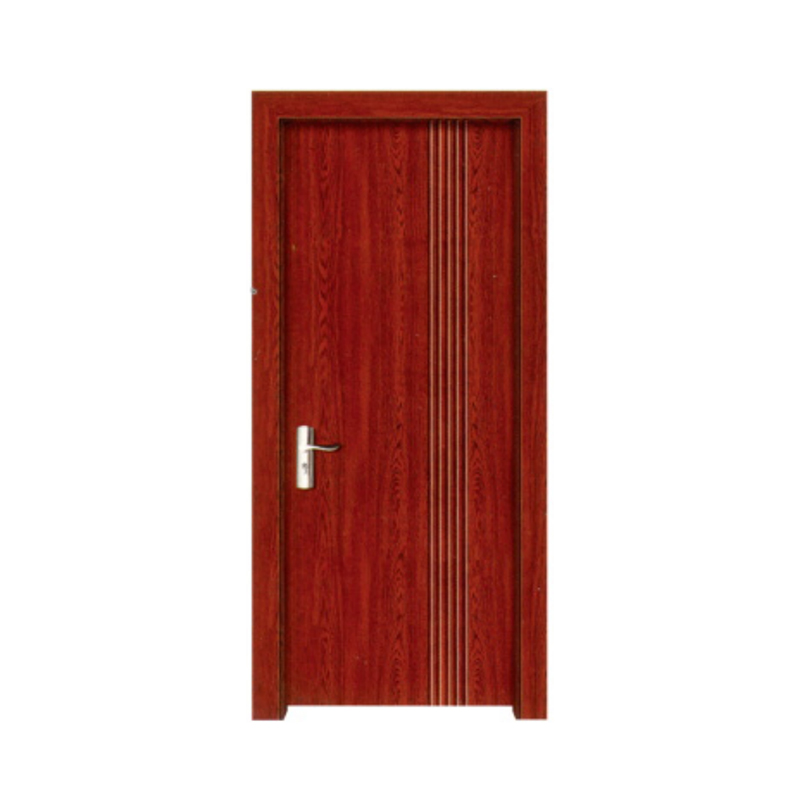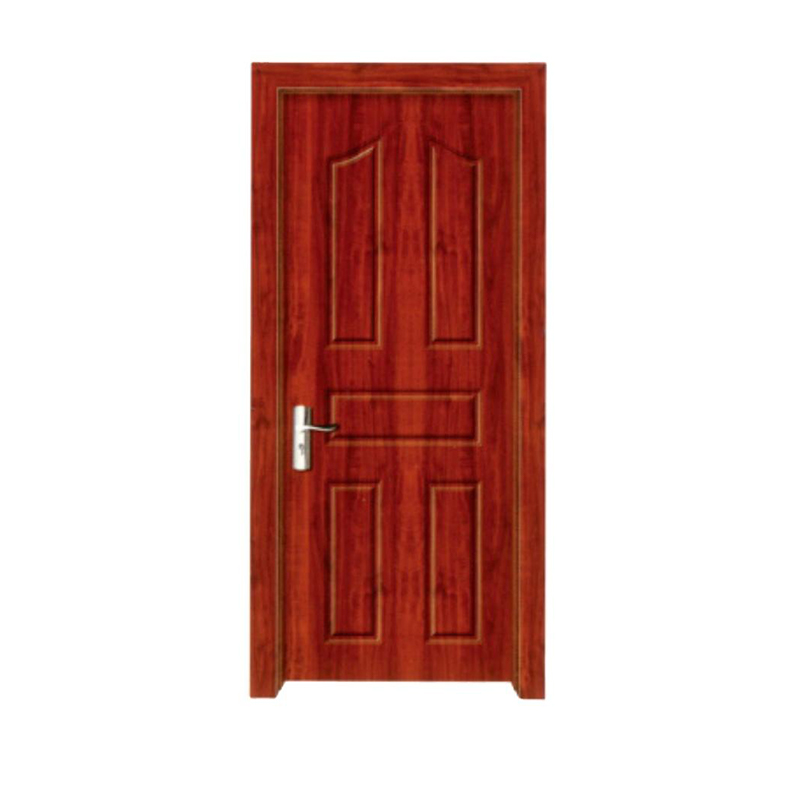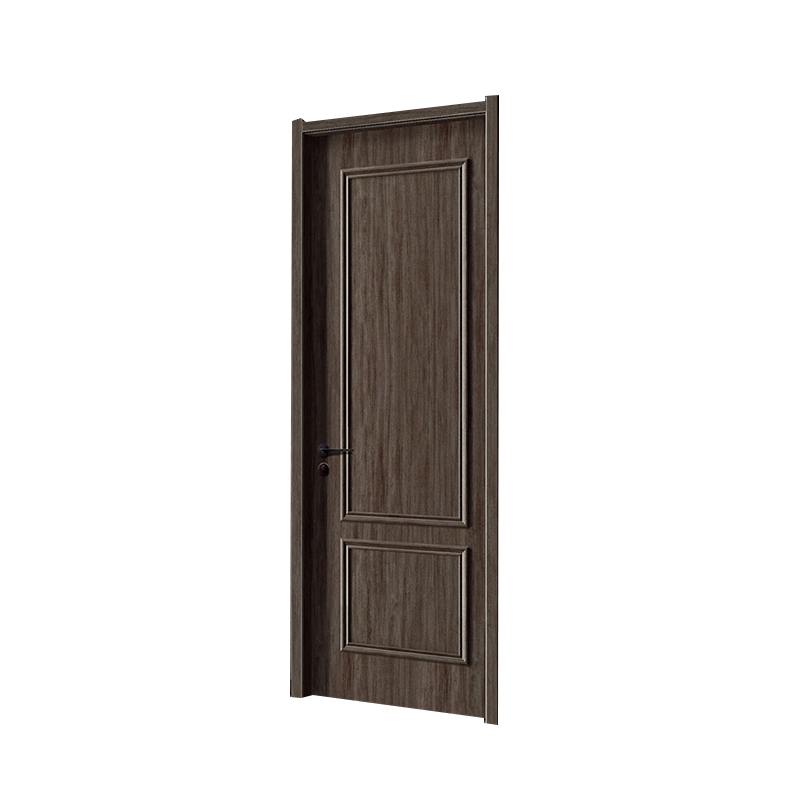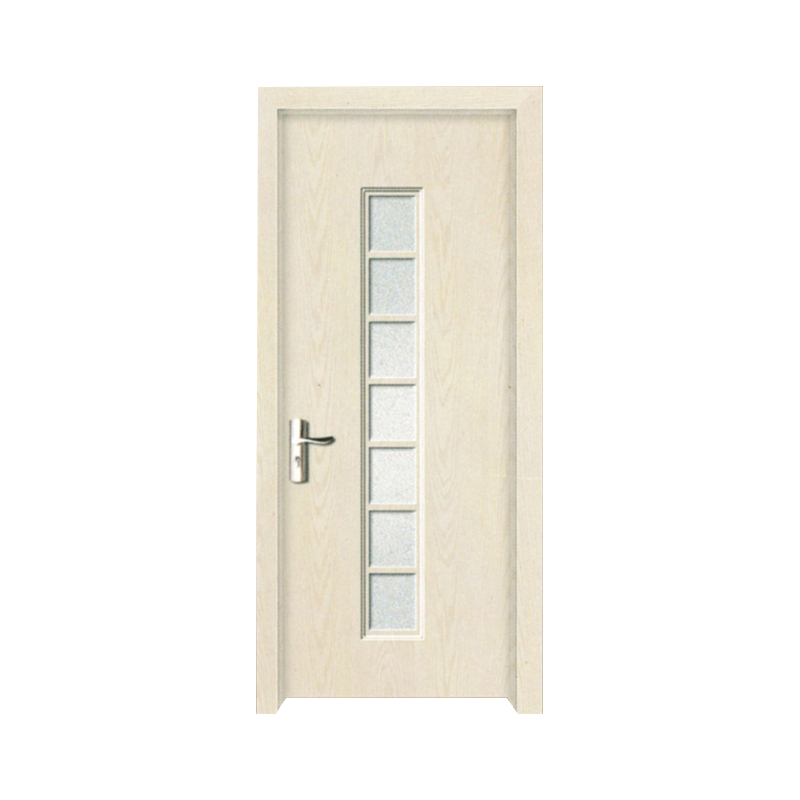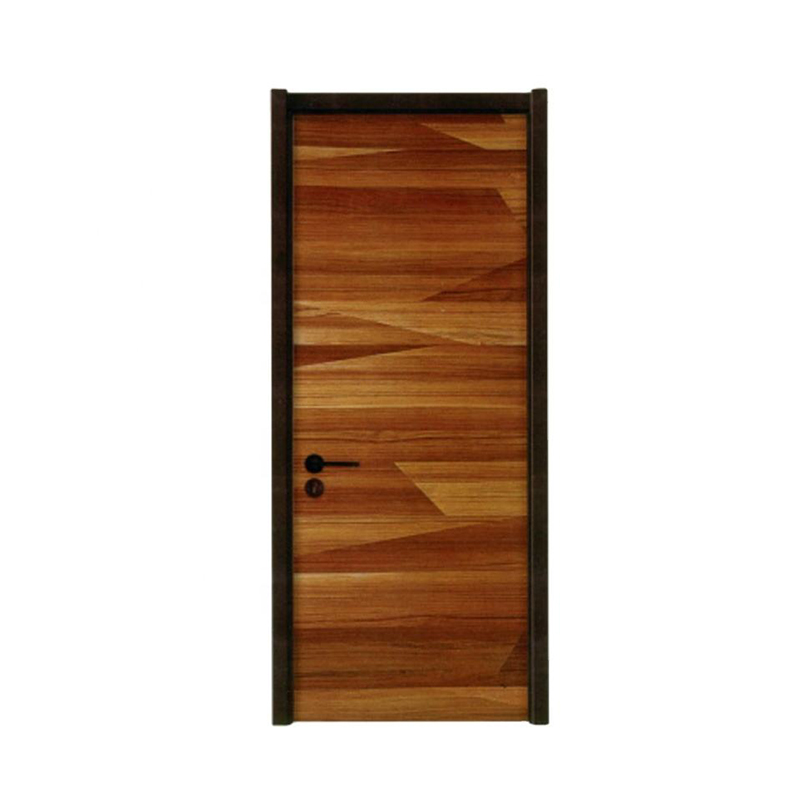Custom external steel security doors manufacturing factory
In today's world, family security is a growing concern. As an important part of family security, the quality and performance of external steel security doors are directly related to the personal and property safety of residents. Therefore, countries and regions have formulated corresponding laws and regulations and security standards to ensure that the security door can achieve the desired security effect.
International standards and regulations
Internationally, security standards for external steel security doors are mainly developed by ISO (International Organization for Standardization). The ISO 6933 standard specifies the classification, requirements and test methods of external steel security doors. These standards divide external steel security doors into different security levels, and each level corresponds to different damage resistance capabilities.
National laws and regulations
Countries have formulated corresponding laws and regulations in light of their actual conditions. For example, in China, the production and sales of external steel security doors need to comply with national standards such as the "Product Quality Law of the People's Republic of China" and "General Technical Conditions for external steel security doors". These laws and regulations stipulate the specific requirements of the production materials, structural design, lock system and so on.
Safety classification
The security level of the security door is usually divided according to its resistance to damage. For example, the European EN 1627 standard divides external steel security doors into six grades, from RC1 to RC6, each with clear test standards and damage time requirements. This grading system helps consumers choose the right security door according to their own security needs.
Lock system requirements
The lock is an important part of the security door, and its security is directly related to the overall performance of the security door. Countries have strict requirements for lock systems. For example, the ASTM F2900 standard in the United States specifies the test methods and performance requirements of locks, including skid resistance, drilling resistance, and tensile resistance.
Certification and marking
In order to make it easier for consumers to identify and choose external steel security doors that meet security standards, many countries and regions have implemented certification and marking systems. For example, the CE marking in Europe indicates that the product meets the safety, health and environmental protection requirements of the European Union. In China, external steel security doors need to pass the security certification of the Ministry of Public Security and obtain the corresponding security level mark.
Legal responsibility
The production and sale of external steel security doors that do not meet security standards may face legal liability. Manufacturers need to ensure that their products comply with all applicable laws and regulations, otherwise they may be subject to fines, product recalls and even criminal liability.
User's responsibility
When choosing and using external steel security doors, users should also understand the relevant laws and regulations to ensure that their choice meets the safety requirements. In addition, the user should also check and maintain the security door regularly to ensure that it is always in good working condition.
Future trend
With the development of technology, the security standards of external steel security doors are also constantly updated. For example, the application of smart locks and biometrics technology has brought new improvements to the security performance of anti-theft doors. At the same time, environmental protection and sustainable development requirements are increasingly incorporated into the production and use of external steel security doors.
conclusion
Laws, regulations and security standards for external steel security doors are the key to ensuring their effectiveness. Manufacturers, sellers and users should fully understand and comply with these regulations, and jointly maintain the safety and order of society. With the advancement of technology and the development of society, we have reason to believe that the security door of the future will be more secure, intelligent and environmentally friendly.
Note: This article is an example, actual laws and regulations and safety standards may vary and need to be updated and adjusted according to the latest legal documents and standards.


 عربى
عربى





